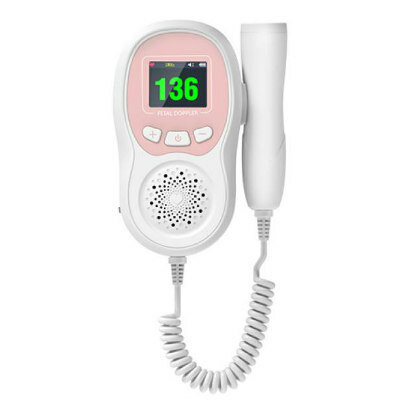Risk of Cancer Increases with Exposure to Low-Dose Radiation from Cardiac Imaging
By MedImaging International staff writers
Posted on 24 Feb 2011
Exposure to low-dose radiation from cardiac imaging and other procedures after a heart attack is linked with an increased risk of cancer.Posted on 24 Feb 2011
The use of procedures with low-dose ionizing radiation, such as computed tomography angiography (CTA) and nuclear scans is increasing, a fact which has led to mounting concern in the medical community that patients may be at increased risk of cancer. For patients with known or suspected coronary artery disease, the move towards increased use of these procedures is particularly strong. In many centers, these procedures are replacing those that do not use radiation, such as stress tests on exercise treadmills and echocardiography. However, not much is known about the effects of exposure to radiation and the risk of cancer.
The study published in the February 2011 issue of the Canadian Medical Association Journal (CMAJ) and conducted by researchers from the McGill University Health Center (MUHC; Montreal, Quebec, Canada) and the Jewish General Hospital in Montréal, looked at data on 82,861 patients who had a heart attack between April 1996 and March 2006 but no history of cancer. Of this number, 77% underwent at least one cardiac procedure with low-dose ionizing radiation within one year of the heart attack.
"We found a relation between the cumulative exposure to low-dose ionizing radiation from cardiac imaging and therapeutic procedures after acute myocardial infarction, and the risk of incident cancer,” wrote Dr. Louise Pilote, researcher in epidemiology at the Research Institute of the MUHC and director of the division of internal medicine at the MUHC with coauthors. "Although most patients were exposed to low or moderate levels of radiation, a substantial group were exposed to high levels and in general tended to be younger male patients with fewer comorbidities.”
The median age of patients was 63.2 years and 31.7% were women. Patients whose treating physician was a cardiologist had higher levels of exposure to radiation compared with those whose treating physician was a general practitioner. There were 12,020 incident cancers detected during follow up, with two-thirds of the cancers affecting the abdomen/pelvis and chest areas. "These results call into question whether our current enthusiasm for imaging and therapeutic procedures after acute myocardial infarction should be tempered,” concluded the authors. "We should at least consider putting into place a system of prospectively documenting the imaging tests and procedures that each patient undergoes and estimating his or her cumulative exposure to low-dose ionizing radiation.”
In a related commentary in the same issue, Dr. Mathew Mercuri, from McMaster University (Hamilton, Ontario, Canada), and coauthors wrote that, although the radiation exposure of many tests is often low, "the frequency with which such tests are performed may pose a population risk.” They stated the best solution might be prevention, which could mean using procedures with lower or no radiation exposure, especially if there are multiple procedures involved. They called for programs to track radiation doses to help patients and physicians track the risk of cumulative exposure.
Related Links:
McGill University Health Center
Jewish General Hospital in Montréal














